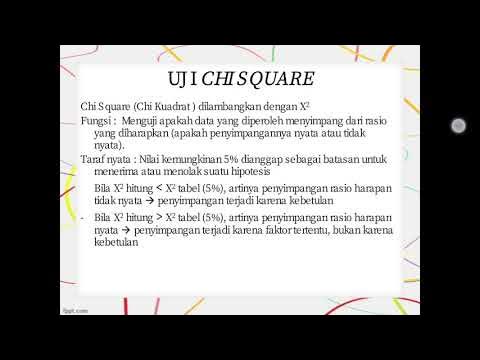Praktikum Teknik Persilangan Buatan Tanaman Jagung (Dasar-Dasar Pemuliaan Tanaman)
Summary
TLDRThis video script provides an introduction to plant breeding, specifically focusing on corn as an example of cross-pollination. The speaker explains the structure of corn flowers, where both male and female flowers are present on separate parts of the plant. It covers two main techniques for plant crossing: single crossing and inbreeding, highlighting the steps and purpose of each. Single crossing aims to create hybrid varieties, while inbreeding is used for purifying and developing new cultivars. The importance of proper handling and pollen transfer is also emphasized for successful cross-pollination.
Takeaways
- 🌽 The practice session focuses on corn as an example of cross-pollinating plants and the breeding techniques used in conventional plant breeding.
- 🌾 Corn is a monoecious plant, meaning it has both male and female flowers on the same plant but in different locations.
- 🔬 Crossbreeding is used in plant breeding to create new genetic diversity, improving traits like production, nutrition, and stress resistance.
- 🌱 The goal of crossbreeding is to combine different varieties to create superior cultivars through selection and breeding.
- 🧑🔬 The main methods of corn crossbreeding discussed are 'single cross' and 'inbreeding'.
- 🌾 In single crossbreeding, two genetically distinct parent plants are crossed to produce a hybrid.
- 🌱 In inbreeding, the male and female flowers come from the same plant but are used to create a controlled cross for genetic consistency.
- ⚙️ The technique of detasseling (removing male flowers) is crucial for ensuring that the correct pollen is used in crossbreeding.
- 🧪 For a successful pollination, the male flowers are shaken to release pollen, which is then collected in an envelope and used for fertilizing the female flowers.
- 🔍 In both techniques, after pollination, the female flowers are covered (sungkup) to protect the fertilization process, and the plants are labeled for identification.
Q & A
What is the main focus of the practical session in the transcript?
-The main focus of the practical session is on plant breeding, specifically teaching techniques for crossbreeding corn plants.
What does crossbreeding in corn plants help achieve?
-Crossbreeding in corn plants helps create new genetic variations, which can improve traits such as yield, nutritional content, and the plant's ability to survive under biotic and abiotic stresses.
What is the primary characteristic of corn (Jagung) in terms of its flowering?
-Corn is a monoecious plant, meaning it has both male and female flowers on the same plant, but they are located in different positions. The male flowers are found in the tassels, while the female flowers are on the ears (or cobs).
What is the process called when pollen from the male flower is transferred to the female flower in corn plants?
-The process is called pollination, which can occur through techniques like crossbreeding or controlled pollination.
What is the purpose of using two different corn varieties in a single crossbreeding?
-The purpose of using two different corn varieties in a single crossbreeding is to combine desirable traits from both varieties to produce offspring with enhanced characteristics, such as higher yield or better resistance to pests and diseases.
How does 'inbreeding' differ from 'single crossing' in corn plants?
-'Inbreeding' involves using both the male and female flowers from the same corn plant for pollination, whereas 'single crossing' involves using pollen from one plant (male) to fertilize the female flower of another plant with a different variety.
What is the first step in the single crossing technique for corn?
-The first step in single crossing is to select the female parent plant (tetua betina) and ensure that its female flowers are still immature, which are indicated by their green color.
What is 'detasseling' in the context of corn crossbreeding?
-Detasseling is the process of removing the male flower (tassel) from the selected male parent plant before pollination. This ensures that the male plant only contributes pollen to the crossbreeding process.
What is the significance of the 'anthesis' phase in corn crossbreeding?
-The 'anthesis' phase is significant because it marks the point when the male flowers release pollen, making it the right time for pollination to occur in the crossbreeding process.
Why is it necessary to cover the female flowers after performing pollination?
-Covering the female flowers after pollination helps prevent unwanted pollen from other plants from interfering with the controlled crossbreeding, ensuring the desired genetics are passed on.
Outlines

This section is available to paid users only. Please upgrade to access this part.
Upgrade NowMindmap

This section is available to paid users only. Please upgrade to access this part.
Upgrade NowKeywords

This section is available to paid users only. Please upgrade to access this part.
Upgrade NowHighlights

This section is available to paid users only. Please upgrade to access this part.
Upgrade NowTranscripts

This section is available to paid users only. Please upgrade to access this part.
Upgrade Now5.0 / 5 (0 votes)





